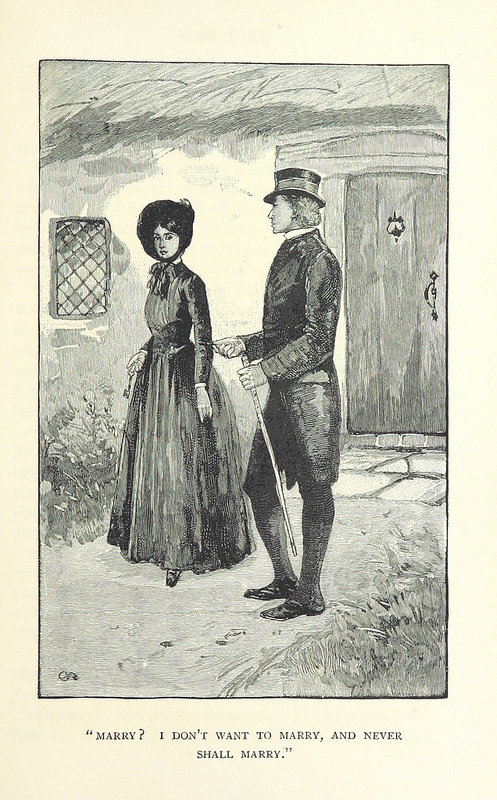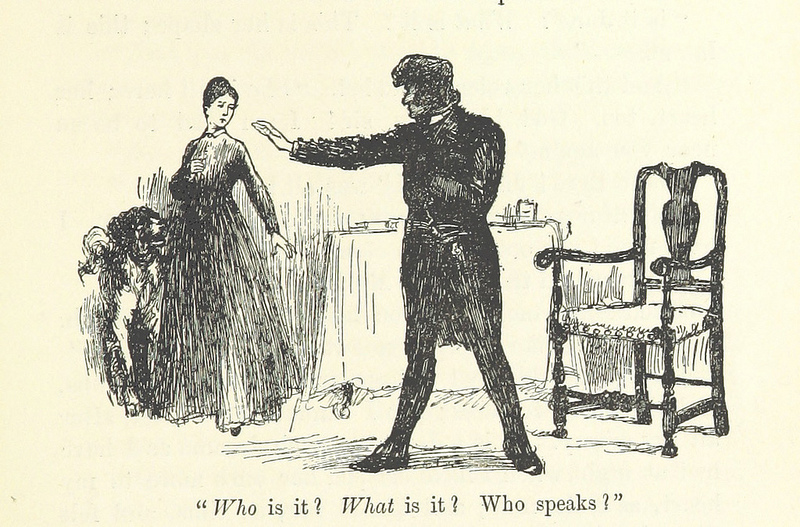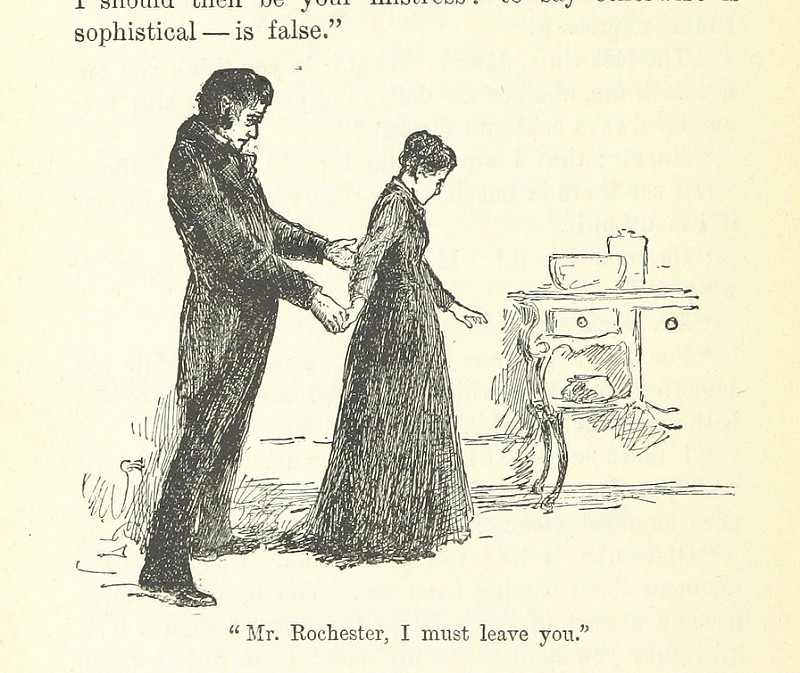In the first pages of Lyndsay Faye’s Jane Steele, the heroine admits that she’s committed a few murders. The reader may wonder if this is a character they can like.
But give her a few pages to win you over.
You would surely dream of plunging a few knives into human flesh, too, if you lived through the misfortunes that befall Jane. Her lovely artistic mother dulls her woes with laudanum, then drifts out of this life. Jane’s angry aunt inflicts the worst sort of Christianity on her, then packs her off to a boarding school where the dinner hour is spoiled every night by “Reckoning,” aka public shaming.
Jane’s path treads through the underbelly of London, eventually landing her back in the manor where she began, this time as the governess of adorably spirited half-Indian princess.
Jane doesn’t let on that she knows the house very well. And she certainly doesn’t let on about the murders she’s committed.
Jane Eyre readers, how closely does this plot mirror Bronte’s book? You’ll have to tell me, because I couldn’t get through Eyre.
Faye and her heroine obviously love the book, quoting it and re-quoting it, wondering what Eyre would do in this or that fix. That the plot holds together like a well-fitted jacket is a marvel in itself. But Faye also mastered the flowery lingo of Bronte’s era. I wonder if she wrote it all just the way she speaks to her friends, then went back and translated it into horse-and-carriage English. These folks don’t eat lunch. They sit down to a repast. They don’t tuck hankies into their purse. They drop them into their reticules.
It should not surprise you that this manor comes furnished with a handsome and brooding lord. He’s a Brit born and raised in India, retired to the mother land and surrounded by a household staff imported from the Punjab. Characters with old scores to settle come around and . . . let’s just say that Jane Steele, when cornered, can take care of herself.
The plot twists made me gasp. That was the villain all along??!!
The cow patties confined themselves to strong hints. They struck me as attempts to tuck bluetooth-era morality into the prim silk reticules of the bonnet era. Eventually, Faye moved on and delivered a pretty good story.
Photo credits: The British Library on VisualHunt.com/ No known copyright restrictions









Leave A Comment